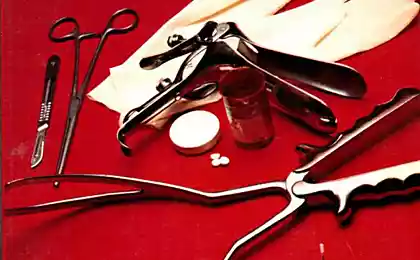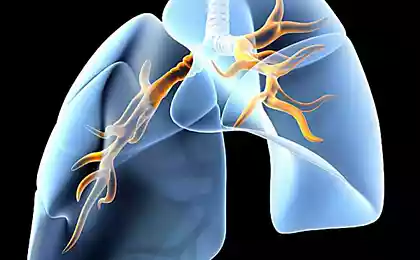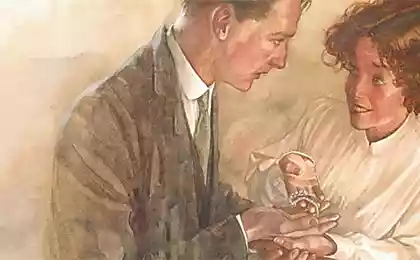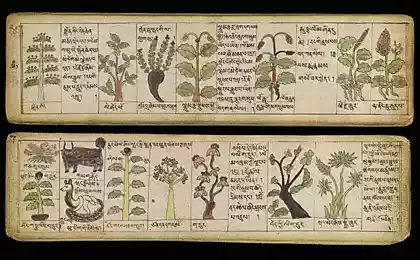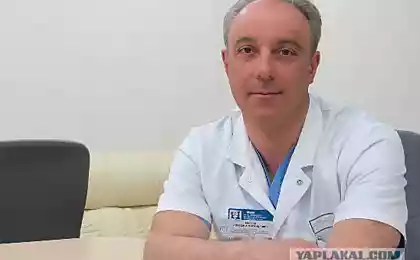615
The good old medicine
Medical instruments of the past ... Terrible, I tell you, the sight ...
13 ph via surgicaltechnologists.net/
Tobacco enema (1750-1810)
was used for the introduction of smoke into the rectum - is primarily resuscitation drowned.
it was believed that the hot smoke will make the unconscious to breathe
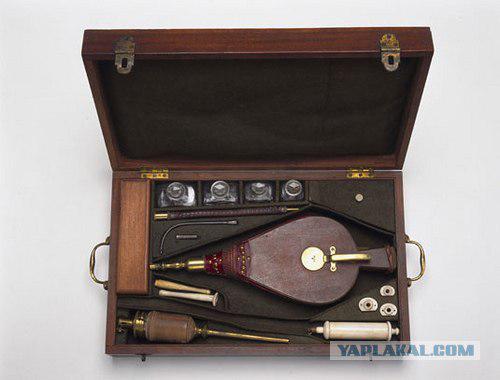
Artificial Leech (1840)
Used in the treatment of diseases of the ears and eyes.

double guillotine (1860)
to remove tonsils
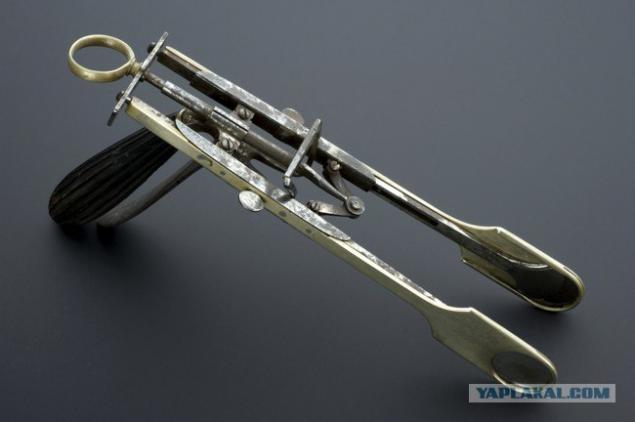
Screw "Gag» (1880-1910)
the patient did not close his mouth
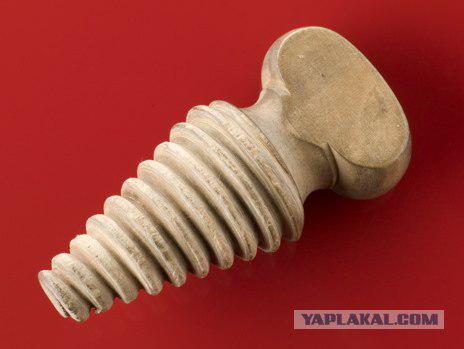
I saw for sawing the skull (1830-60)
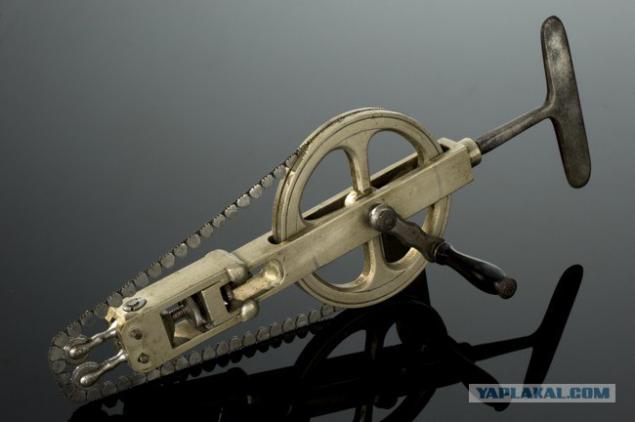
"Backward" Scissors (1500)
central pin inserted into the wound and then wound expanded for convenience surgeon
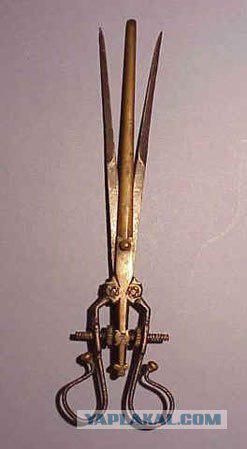
Saw amputation (1600)
Doctors tried to richly decorate their instruments
refined form a hindrance to the doctor's instrument. Details of the pattern is a good environment for bacteria
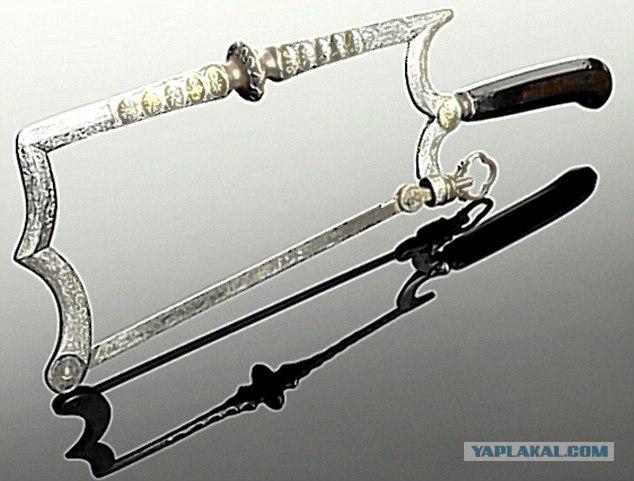
knife for cutting (1770)
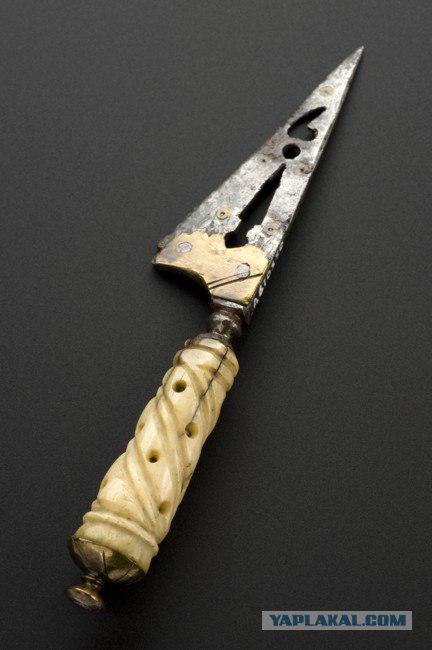
Hand craniotomy (1800)
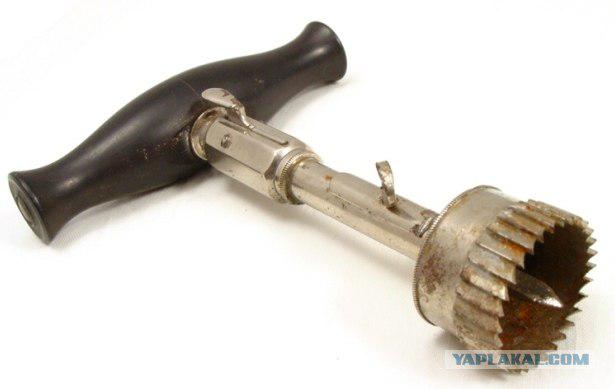
Instruments for surgery on hemorrhoids and uterine (1870)
at the end of the chain served to stop bleeding
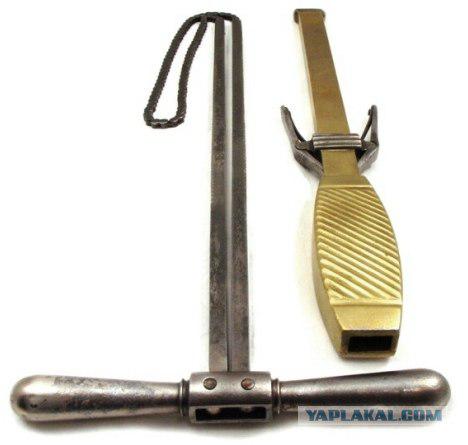
struggle with a hernia (1850)
introduced into the body near the affected area and leave for a week
to form scar hernia closed
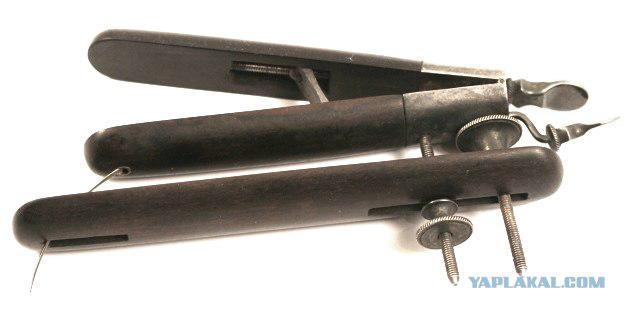
"Compass" for the precise location of the bullet in the body (1915)
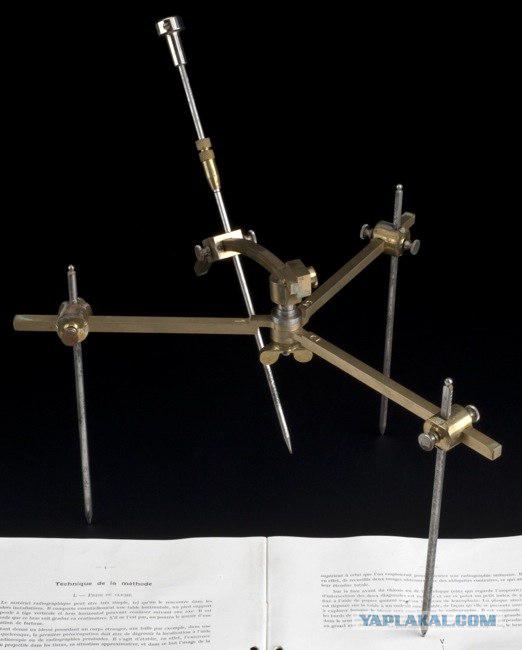
tool to extract the bullet (1500)
corkscrew on the end is threaded into the bullet
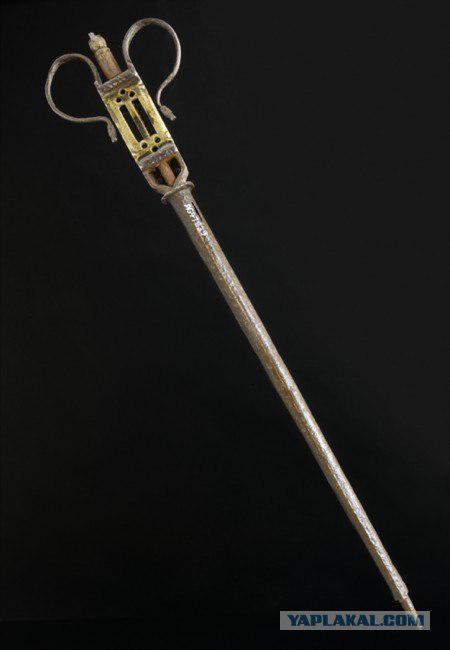
Source:
13 ph via surgicaltechnologists.net/
Tobacco enema (1750-1810)
was used for the introduction of smoke into the rectum - is primarily resuscitation drowned.
it was believed that the hot smoke will make the unconscious to breathe

Artificial Leech (1840)
Used in the treatment of diseases of the ears and eyes.

double guillotine (1860)
to remove tonsils

Screw "Gag» (1880-1910)
the patient did not close his mouth

I saw for sawing the skull (1830-60)

"Backward" Scissors (1500)
central pin inserted into the wound and then wound expanded for convenience surgeon

Saw amputation (1600)
Doctors tried to richly decorate their instruments
refined form a hindrance to the doctor's instrument. Details of the pattern is a good environment for bacteria

knife for cutting (1770)

Hand craniotomy (1800)

Instruments for surgery on hemorrhoids and uterine (1870)
at the end of the chain served to stop bleeding

struggle with a hernia (1850)
introduced into the body near the affected area and leave for a week
to form scar hernia closed

"Compass" for the precise location of the bullet in the body (1915)

tool to extract the bullet (1500)
corkscrew on the end is threaded into the bullet

Source:



